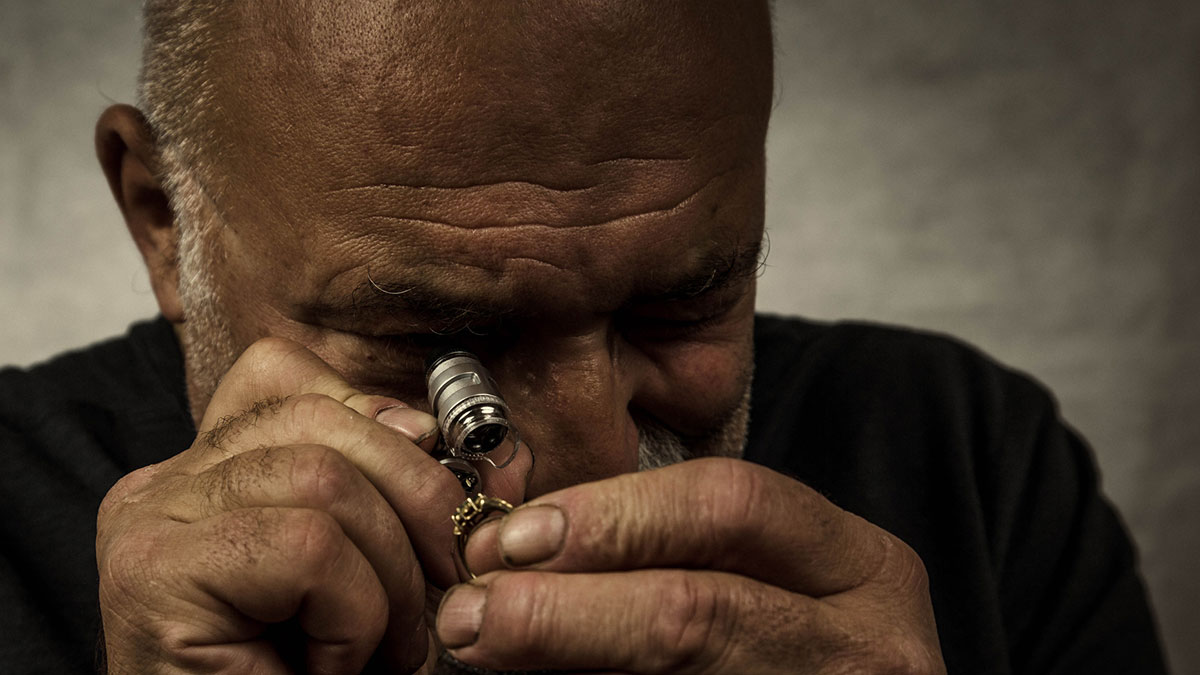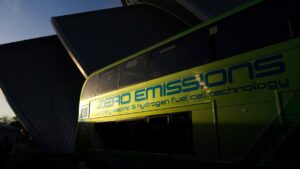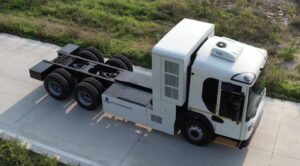Hydrogen plans unlocking potential in undervalued PH2: Breakaway Research

Breakaway Research says PH2 is currently undervalued, for a wide variety of reasons. Pic Getty Images.
Breakaway Research believes that a valuation of 54c is a more accurate picture of Pure Hydrogen’s worth given its exposure to the rapidly growing hydrogen sector.
Not only is the company collaborating with French company Plenesys for the commercialisation of methane pyrolysis plants to produce “turquoise” hydrogen, which is underpinned by its existing 600 petajoules of 2C gas resources in Queensland and Botswana, it also has exposure to fuel cell and fuel cell development through its 23% stake in H2X Global.
Breakaway noted that this combination of large gas resources, intellectual property, strategic investments in other corporations and partnerships with other specialist companies meant that a valuation range of between 32c to 90c, with 54c being a best estimate, is more appropriate than Pure Hydrogen’s (ASX:PH2) current 23c price.
While natural gas remains the biggest value driver, the company’s plans to produce carbon-free hydrogen, its distribution and application to vehicle fleets is increasingly valuable.
Natural gas as a hydrogen feedstock
The company’s natural gas resources is a key feedstock (97%) for the production of hydrogen.
However, rather than use the common steam methane reforming, which produces CO2 as a byproduct, it intends to use methane pyrolysis, in which the carbon is produced as a solid which can be stored and sold with no gaseous CO2 emissions.
This makes it ideally suited to convert its existing gas resources at Project Venus in Queensland, the Windorah Trough project in the Cooper Basin, and the Serowe CSG project in Botswana.
While methane pyrolysis requires energy to drive the high temperature process, the company intends to use renewable energy as the input.
Process developer Plenesys claims the plasma production process is 50-60% cheaper than hydrogen production from electrolysis and can be powered directly using AC grid power, eliminating the need to convert the electricity input to DC.
Site selection underway
Pure Hydrogen is in the process of selecting a site for a pilot plant in Brisbane and will pay Plenesys $1m for the pilot equipment, from existing cash resources. In addition, PH2 will pay day rates for Plenesys engineers mobilised to the project.
The two companies plan to develop modular H2 plants designed to fit into a 40-foot shipping container, allowing the plants to be quickly deployed and scaled near demand epicentres, to minimise distribution and storage requirements or near otherwise stranded gas resources.
Each module is expected to be able to produce 1,500kg to 5,000kg of hydrogen per day plus 4,500kd to 15,000kg for carbon products which could generate $9m to $31m in hydrogen revenue per annum at current prices of about $12 per kg plus the revenue for carbon products which could be the same or more.
Separately, Pure Hydrogen has a terms sheet with CAC-H2 for the construction of up to three waste-to-hydrogen plants that will take bio-waste – mostly wood that would otherwise go to landfills – and produce hydrogen and other byproducts such as wood vinegar using gasification and pyrolysis.
Singapore-based CAC-H2 will finance, build and operate the plants while PH2 will provide storage and load-out facilities, and market the hydrogen.
Mobility investment
Pure Hydrogen has also been progressing its strategy of building a fuel cell electric vehicle (FCEV) capability over the last two years.
This includes its investment in H2X Global, which is focused on developing small-to-medium size light commercial delivery vehicles with operational ranges of between 300km and 600km.
It is developing the Warrego Ute with a range of about 500km and refuelling time of just 3-5 minutes that is expected to be launched in the fourth quarter of 2022.
The company is also refitting a garbage truck to use hydrogen fuel cells for JJ Waste as a demonstration vehicle and has an MoU with the Economic Development Corporation of Sarawak, (SEDC) Malaysia for the development of a range of FCEV vehicles and H2 power generators.
MoUs are also in place with the cities of Gothenburg and Trelleburg in Sweden for the supply of FCEV’s from 2023.
Pure Hydrogen and H2X have also established separate joint ventures with Indian auto component maker Advik Hi-Tech for the supply of hydrogen fuel and fuel cell generators respectively.
Gas resources
Project Venus is located in Queensland’s prolific Surat Basin coal seam gas fairway and while the Venus-1 exploration well that was drilled and tested in March last year did not produce at a commercial rate, it demonstrated that the coal seams can produce gas.
The project has a 2C contingent resource of 130PJ with the company now evaluating drilling and completion methods to maximise well productivity and inform commercial development.
Windorah Trough is located in western Queensland and forms part of the highly productive Cooper Basin.
It is surrounded by gas fields and process infrastructure owned and operated by Santos.
2C contingent resources have been estimated at about 330PJ with previous wells having achieved flow rates of more than 2 million cubic feet per day.
Pure Hydrogen also holds a 30% stake in Serowe CSG project in Botswana that is the subject of a farm-in by Botala Energy, which is poised to list on the ASX after raising $5m in its initial public offering.
Botala is funding a four-stage farm-out worth $6.1m that will see the drilling and testing of up to 19 wells.
About $3.8m remains to be spent and once this is completed, Botala will earn 49% of the tenements.
Once it lists on the ASX, Pure Hydrogen, which owns 19.9% in the company, will transfer a further 21% to Botala.
Both companies also have a terms sheet to develop the Serowe Hydrogen Hub renewable energy business that seeks to generate 50 MW of power in Botswana.
This article was developed in collaboration with Pure Hydrogen, a Stockhead advertiser at the time of publishing.
This article does not constitute financial product advice. You should consider obtaining independent advice before making any financial decisions.
Related Topics

UNLOCK INSIGHTS
Discover the untold stories of emerging ASX stocks.
Daily news and expert analysis, it's free to subscribe.
By proceeding, you confirm you understand that we handle personal information in accordance with our Privacy Policy.








